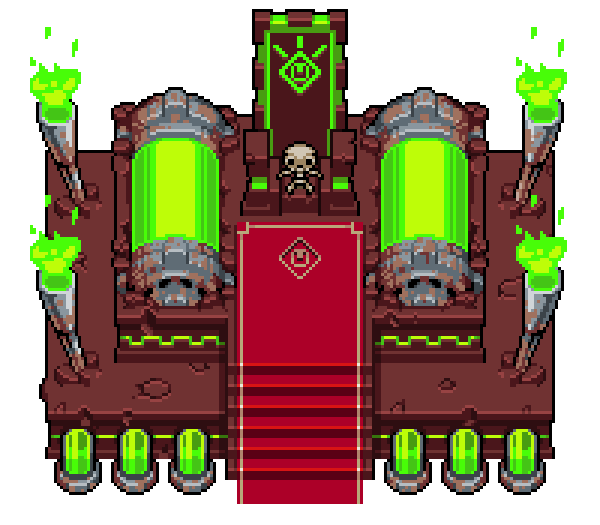

“When the Cold War came to an end the possibility that nuclear weapons might be used somewhere, sometime, seemed to recede. Instead its body became a small, seething mass of radiation. Horror was popped into existence as merely a pup of a rad-monster like the others, but as its siblings absorbed more radiation and grew larger and bulkier Horror’s size remained the same. In his foreword to the paper, Professor Michael Clarke, a former director general of the Royal United Services Institute think tank, said: “Nuclear danger is back near the top of the international security agenda. Growing up, Horror wasn’t like the rest of the Dog Guardians in the palace. Globally, an international “car park” for nuclear material should be organised by the UN so it can be safely stored. The paper also says current radiation levels should be monitored to enable a before and after picture to be drawn up in the event of a nuclear event. The authors say there must be a national strategy with local and regional co-ordination and that local resilience forums, which worked during Covid, need training, equipment and infrastructure to operate alongside a senior responsible officer within government. “Only by taking action now on pre-emptive preparedness we can be resilient and continue to maintain the UK’s position as a global leader in nuclear safety as the world turns increasingly to it for decarbonisation beyond this current threat.” “While we are all becoming acutely aware of burgeoning risk, the general population is not well briefed on what to do if the worst were to happen.
#Nuclear throne horror tv#
TV adverts were also produced.ĭr Basu said: “The consequences as a result of events outlined in this white paper are unthinkable.
#Nuclear throne horror how to#
In 1980, the Government published the Protect and Survive pamphlet and others followed advising on how to build fallout shelters. They recommend that the Government should start up a nuclear attack or accident public information campaign, warning people what to do in the event of a serious event, as it did during the Cold War. The paper – Rethinking our readiness for rapid response radiation monitoring in the face of nuclear incidents – has been written by Professor Tom B Scott of Bristol University, Nick Tomkinson, senior partner at Global Nuclear Security Partners, and Dr Arnab Basu, CEO of Kromek Group, which manufactures radiation detectors. In response to the paper, Defence Select Committee chair Tobias Ellwood MP said: “Perhaps, with the war in Ukraine and Russian troops attacking nuclear power stations and Putin threatening nuclear attack, it is timely to review our resilience to nuclear accidents and attacks.” While war in Ukraine has heightened fears of a radioactive bomb being used, they also state that the world’s shift away from fossil fuels towards nuclear power has increased the chance of an accident somewhere in the world. Lessons should be learned from the response to the Covid-19 outbreak and put into preparedness for possible radioactive fallout, the authors of a new paper on the nuclear risk have said. Public information campaigns about nuclear attack or accident should restart as the threat to the UK has risen to Cold War levels, according to experts.


 0 kommentar(er)
0 kommentar(er)
